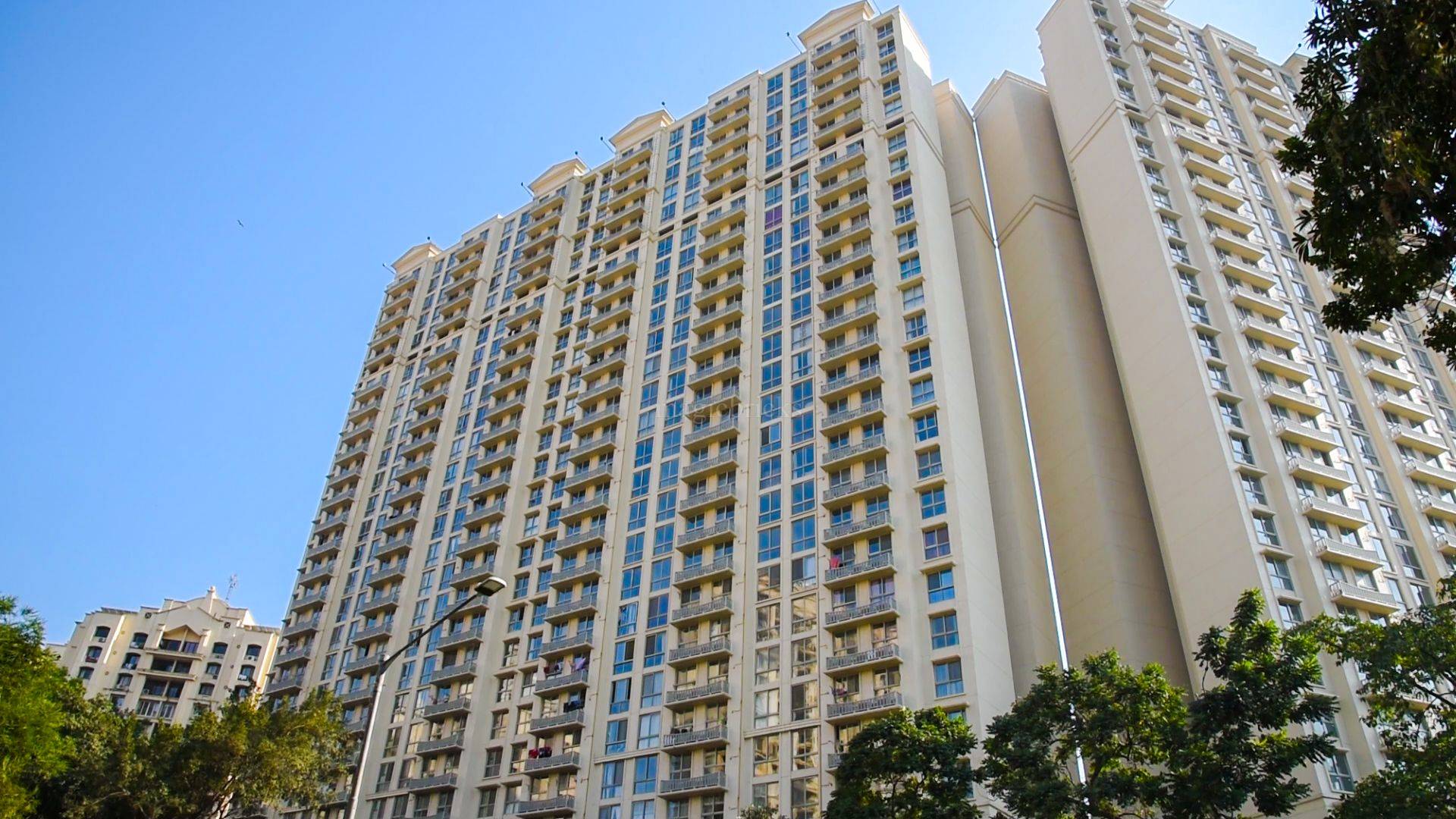The Residential Realty sector had one of its best quarters in Q4 FY2021, with sales in the top eight cities approaching 85 million square feet (MSF), representing among the highest levels of sales in the previous 20 quarters. Based on ICRA analysis, Q1 FY2021 saw one of the worst demand crashes in the sector’s history, triggered by COVID-19.
Given the extension of work-from-home requirements, growth has increased by a greater emphasis on homeownership and improvement. The report says that as affordability improves, the enabling effect continues, as well.
Residential Realty pan-India quarterly average sale was 81.5MSF and 84MSF, respectively, according to this report.
Housing sales reduce by half at the onset of the second wave
The strong recovery in housing demand that followed COVID was derailed by a decline of 40-50 percent in April 2021.
Some of the key demand drivers that aided the recovery in H2 FY2021 remain in place, including low home loan rates and income tax breaks, particularly for affordable housing, and are expected to help the recovery continue. However, the Maharashtra state’s stamp duty reduction has now expired. From August 2020 to March 2021, this reduction increased sales in key cities such as Mumbai and Pune.
A high commercial real estate market supported residential growth in other cities, such as Hyderabad and Chennai.
While policy initiatives such as RERA and GST, as well as developer emphasis on delivery, had begun to support demand in FY2019, the onset of the liquidity crisis impacted sales in FY2020, and COVID-19 served as a double whammy thereafter.
The increased importance of home-ownership after the start of the pandemic served as a fundamental growth driver, given the extended period of work-from-home and the consequent requirement for bigger/better housing, it said.
With recent improvements in affordability, homebuyers, fence-sitters, and renters are increasingly taking the plunge into homeownership. Low home loan rates, combined with appealing discounts/payment plans, resulted in increased affordability. Stamp duty reductions in Maharashtra and Karnataka (for units priced up to Rs 35 lakh) boosted home purchases as well.
The second wave of the pandemic, on the other hand, is affecting housing sales levels once more. While this wave has reinforced the essential underlying growth drivers, increasing the likelihood of a quick recovery once the initial impact has faded, The continuation/extension of support measures such as interest rate and stamp duty reductions would be critical in resuming the strong recovery momentum in a timely manner.
Supply-side impacted; smaller real estate developers may need support
Supply-side assistance will also be necessary for smaller developers, who account for approximately 80% of the market. Unless the situation improves, developers will require adequate liquidity and/or refinancing flexibility to meet debt obligations.
As a result of the moratorium on debt servicing, the first wave of development was able to conserve cash flow. RERA timeline extensions of six to nine months provided additional flexibility to defer outflows in the event of collection weakness. For a limited time, certain states also reduced approval costs/construction premiums for developers.
As a result, developers in the second wave may find it more difficult to operate and finance.
In contrast to larger, more organized players, smaller players have difficulty dealing with the current market conditions.
Furthermore, larger Residential Realty developers were better equipped to manage labor availability issues through the provision of onsite labor camps, the organization of vaccination drives for workers, and so on, whereas smaller developers faced issues with reverse migration and overall labor availability, according to the report.
ALSO READ: Residential Sales Picked Up In The Second Half Of June 2021
K-shaped recovery expected going forward
Residential real estate industry recovery depends on additional support measures on both the demand and supply sides. Fundamental demand drivers have prevailed.
However, in line with ICRA‘s earlier predictions, the recovery would be uneven, taking the form of a K-shaped recovery, with large listed players recovering at a much faster pace than smaller, unorganized players, according to the analysis.
With stagnant inventories or high land prices, a prolonged recovery is possible in smaller markets, putting developers at additional risk.

